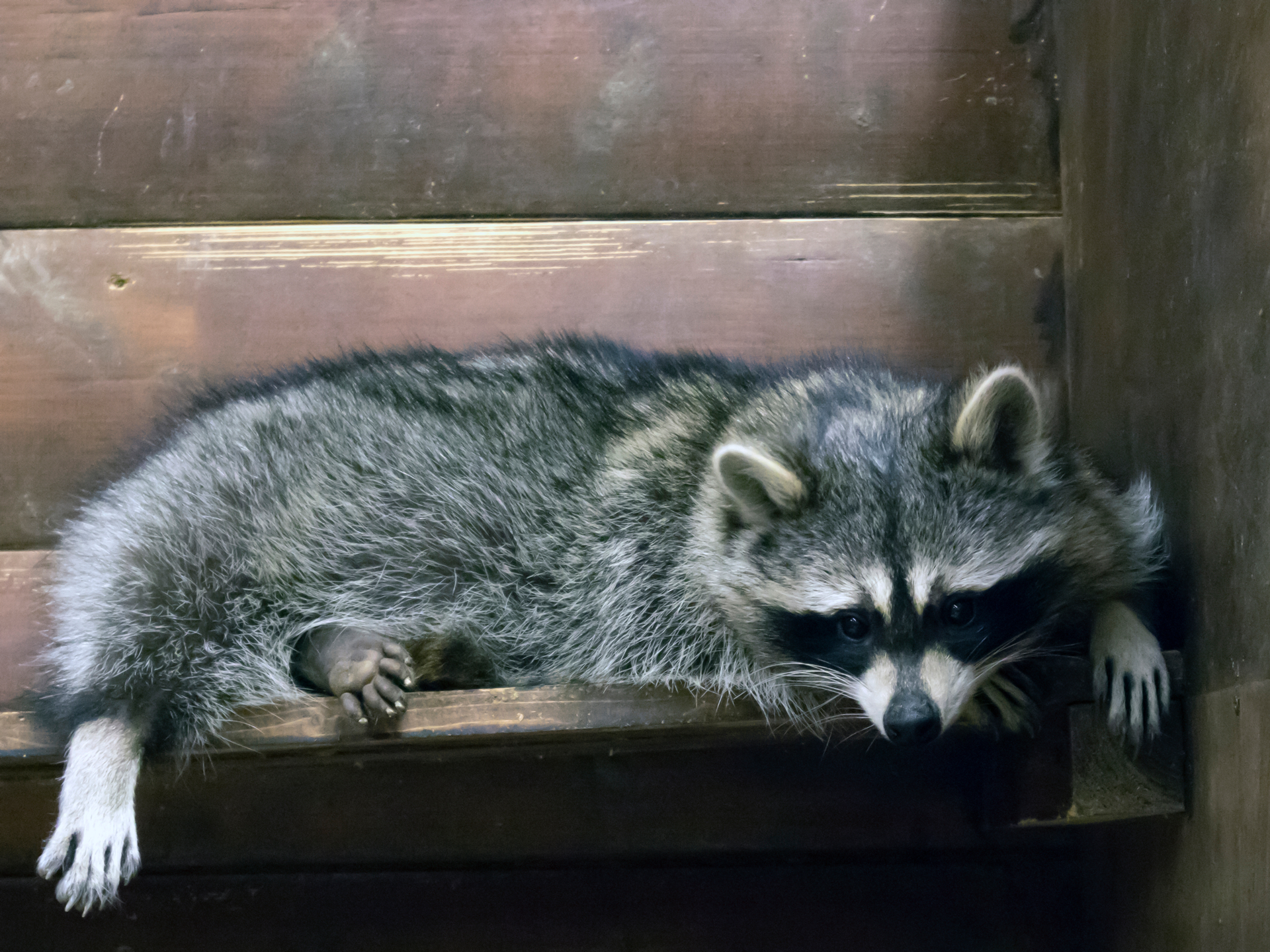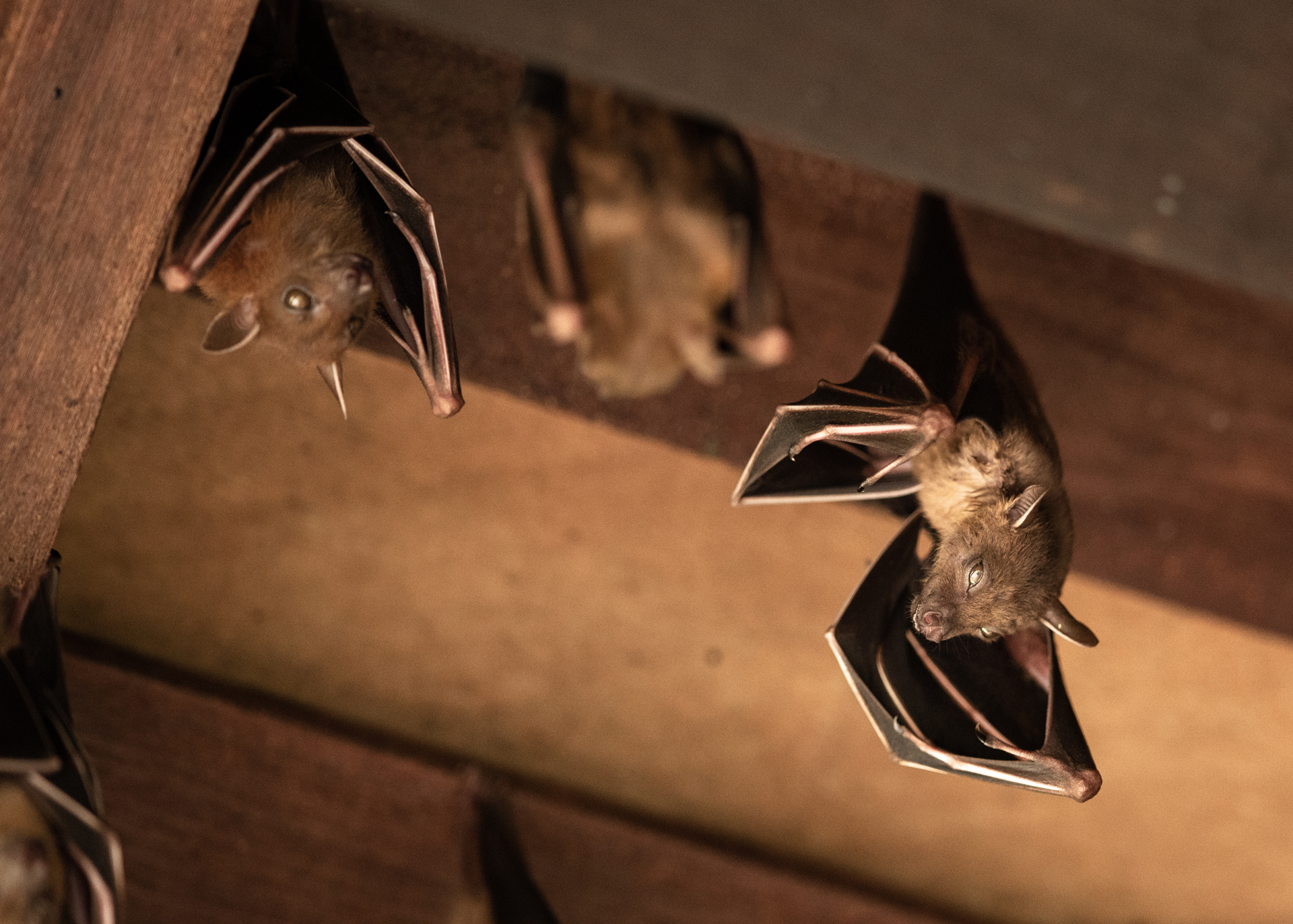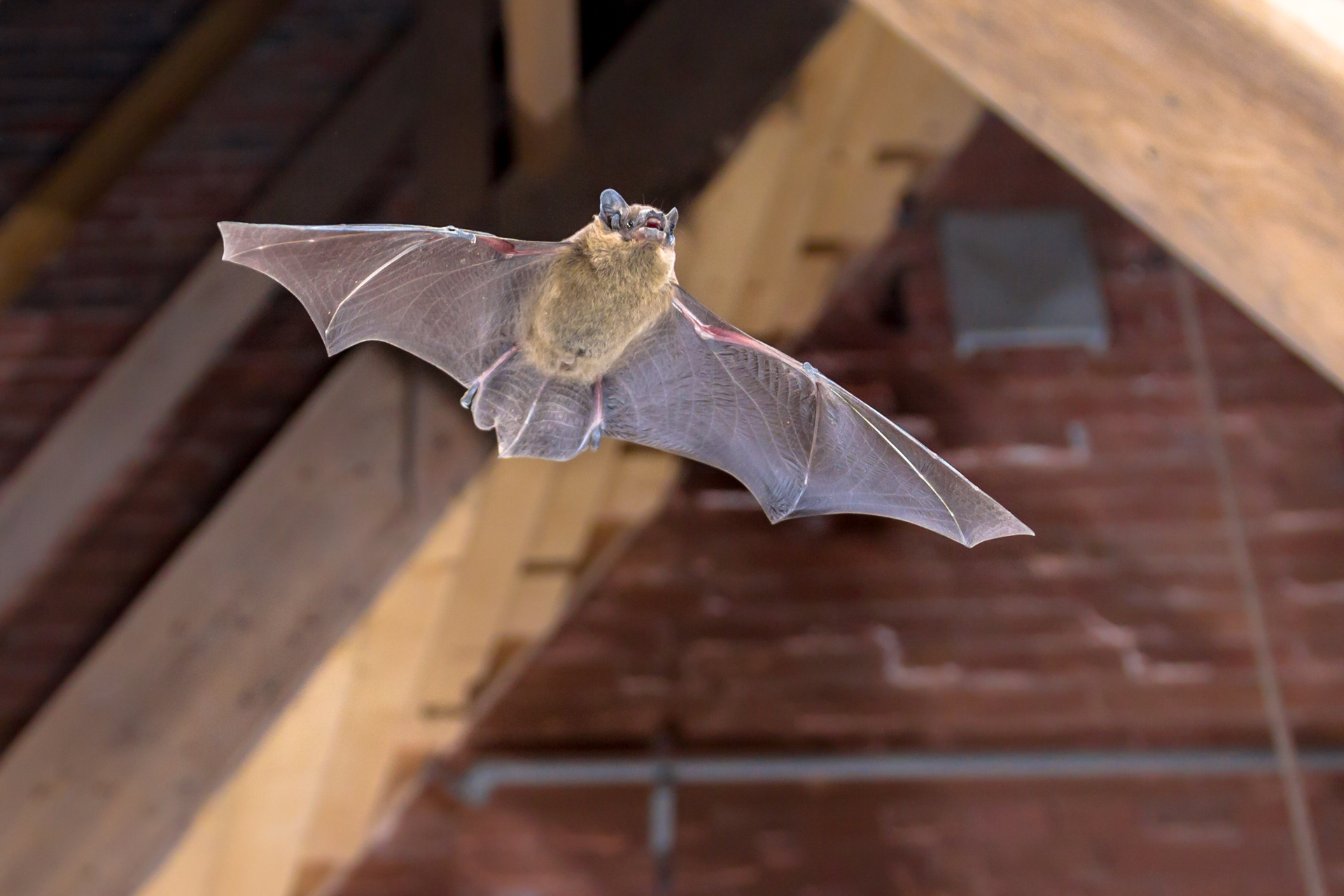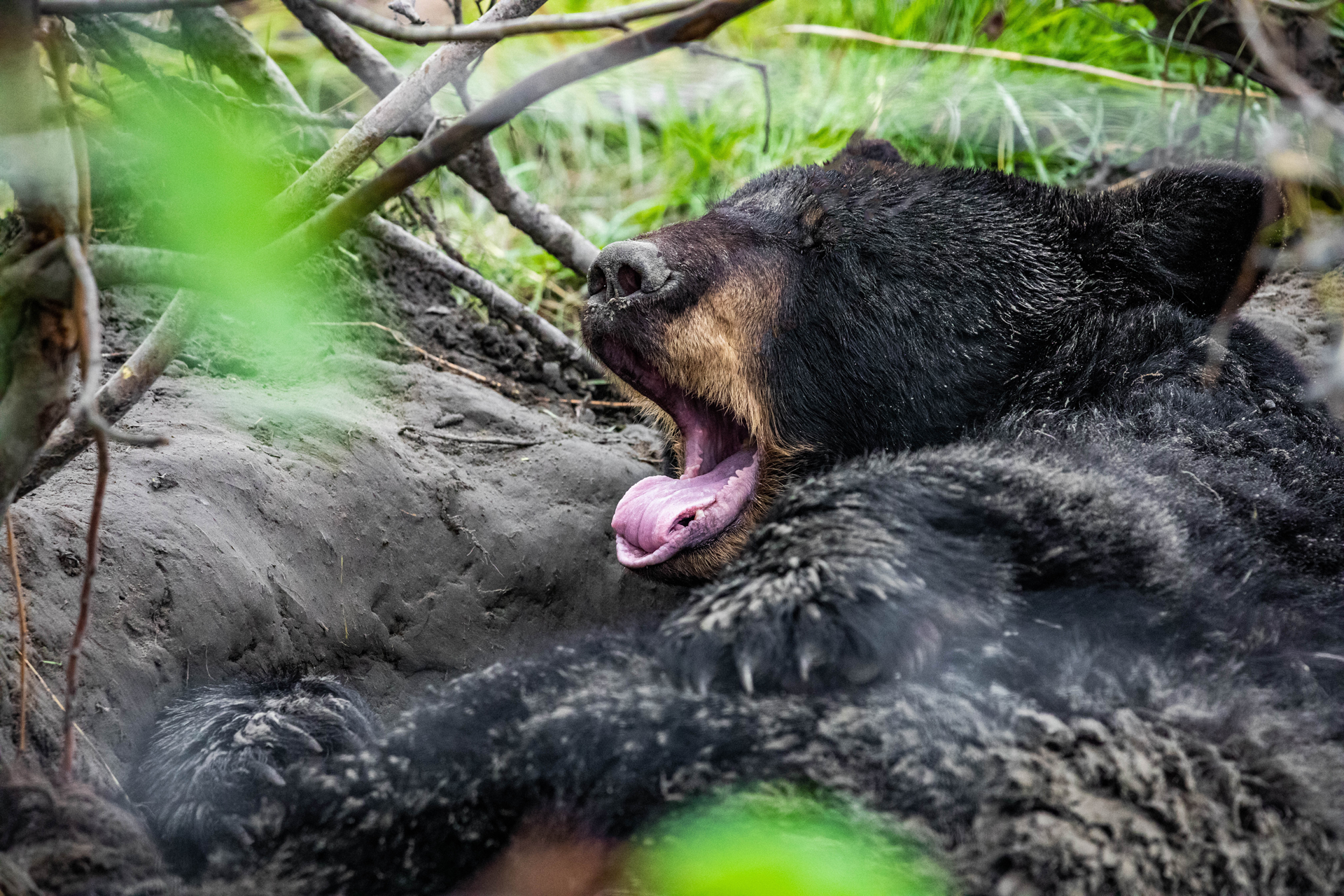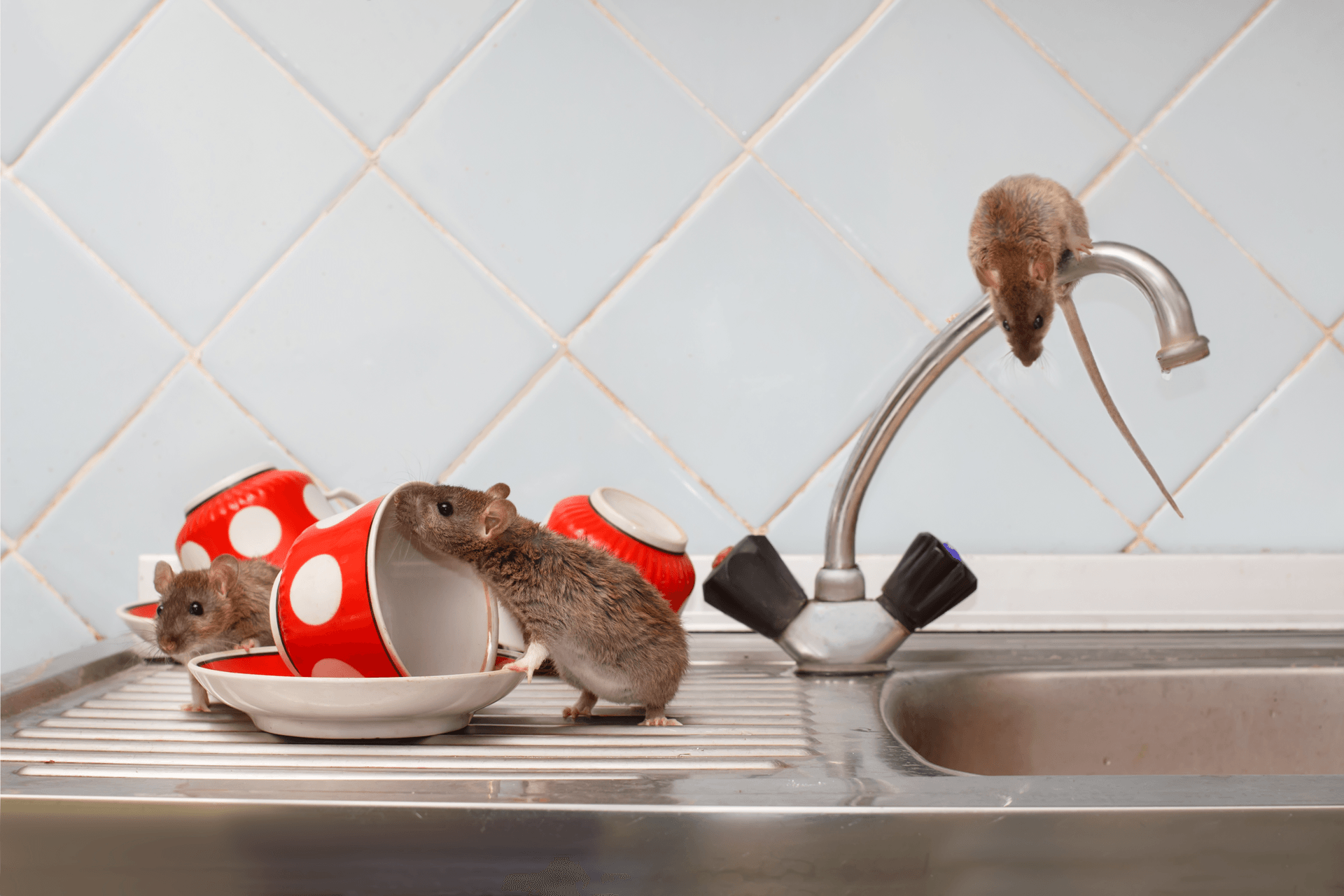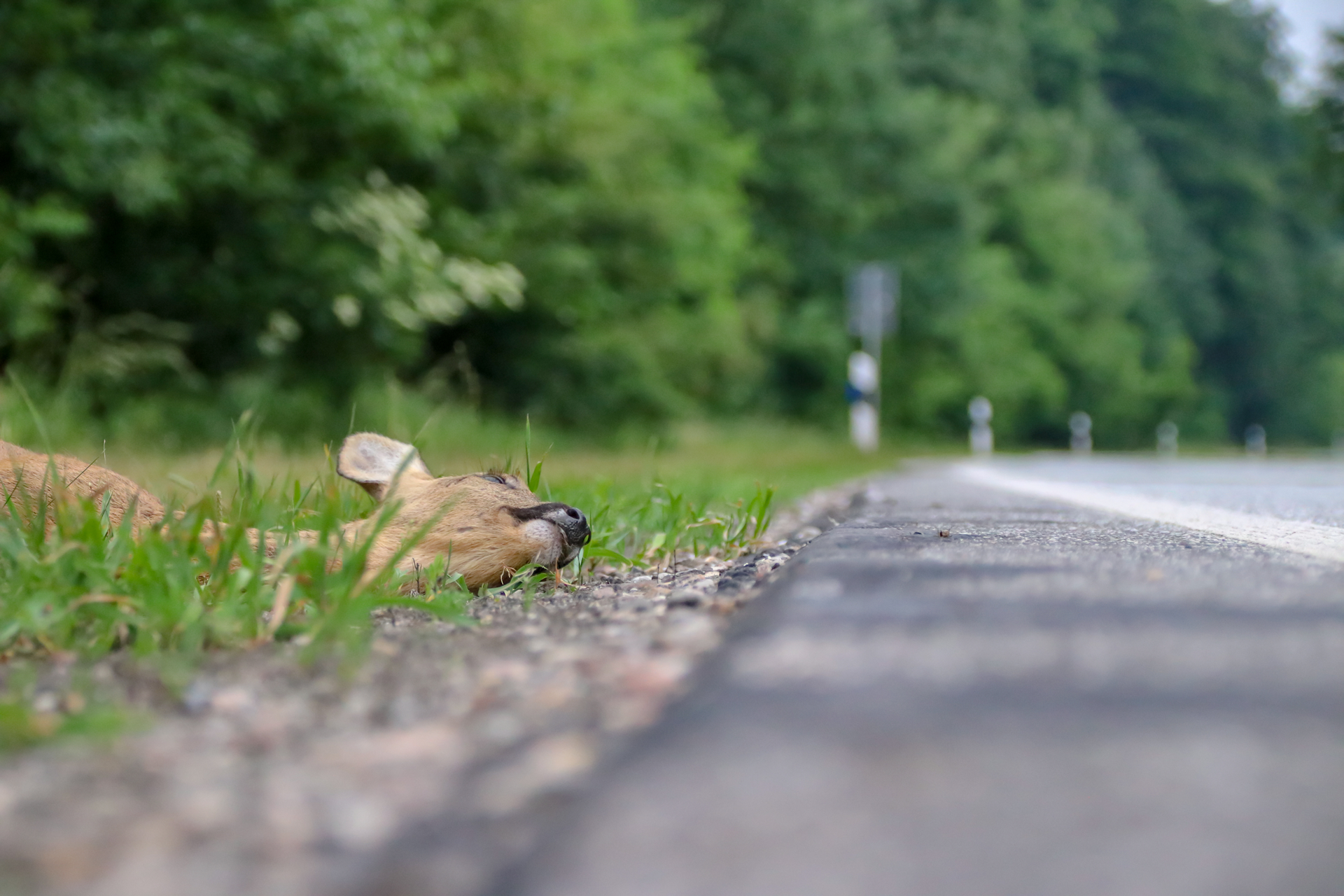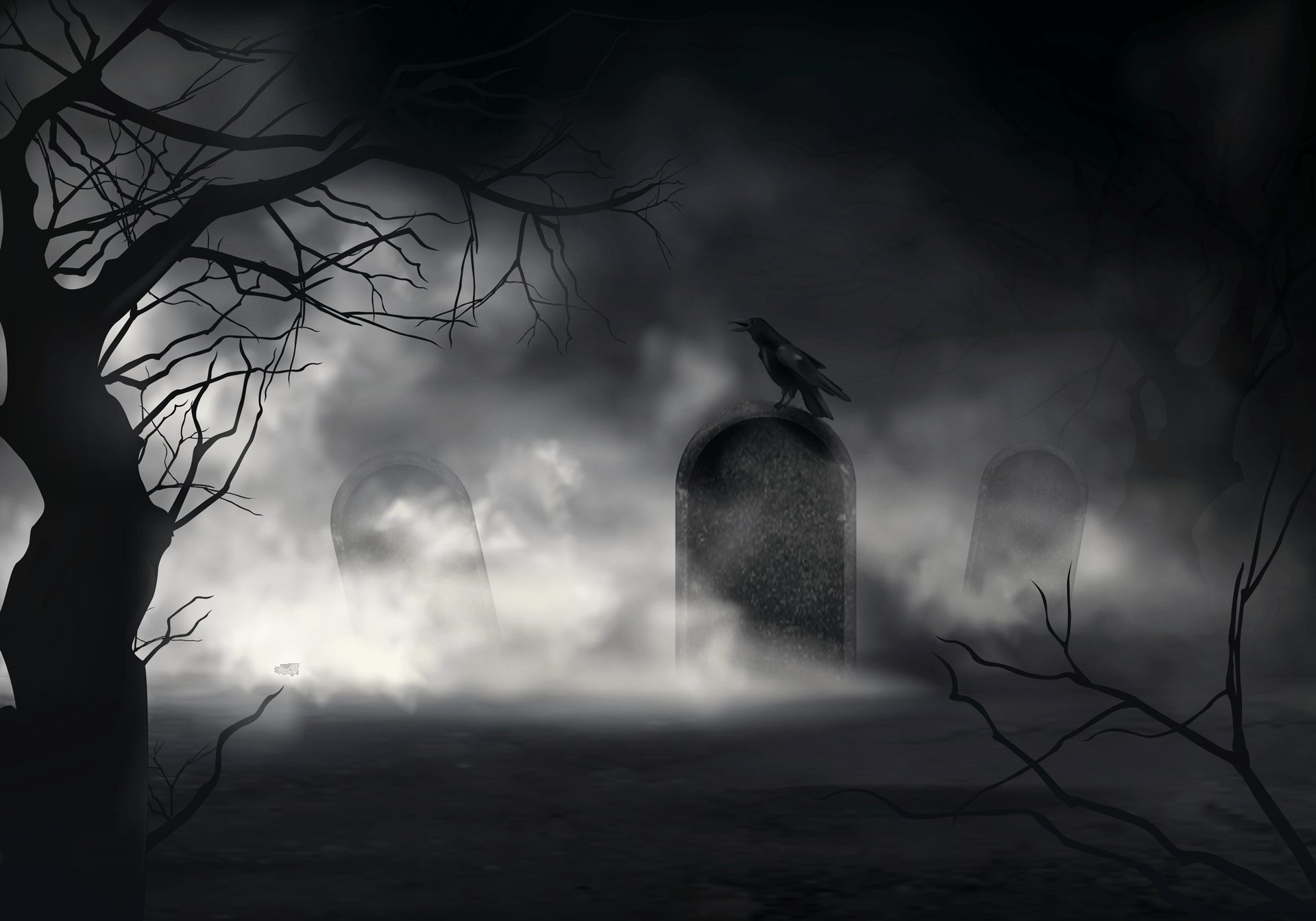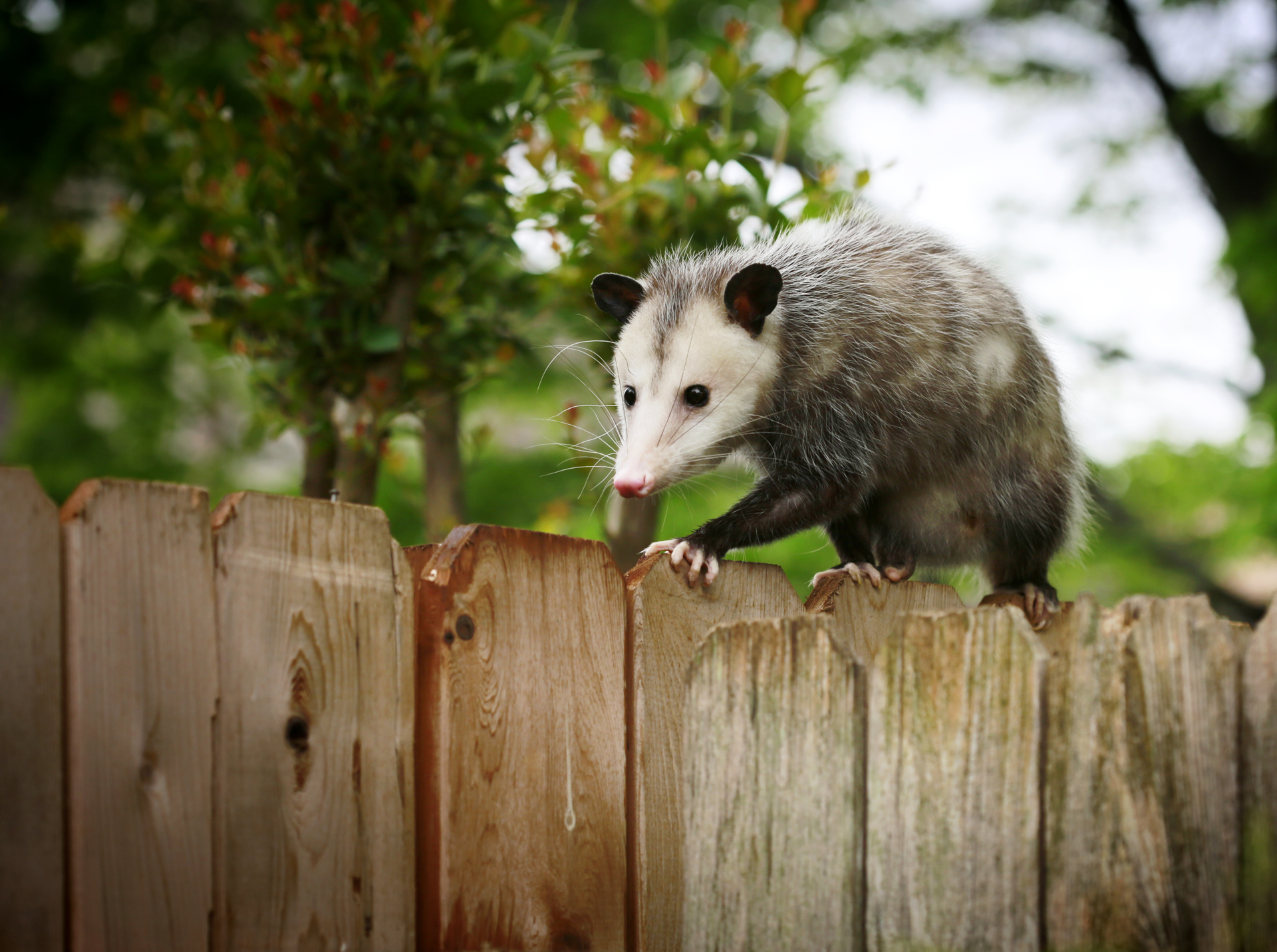DIY Attic Restoration
The Challenges Of DIY Attic Restoration?
Attics are often stuffed with items and then forgotten about. In that time, wildlife can start-up an entire community, causing damage slowly and silently until the space is nearly unrecognizable.
The U.S. Fire Administration says there are 10,000 attic fires annually, costing Americans $477 million in property damage. Those fires' leading cause is an electrical malfunction, which becomes dramatically more likely when you have critters gnawing on your wires.
The CDC warns that you might not think about many places that animals could contaminate after an infestation. For instance, if the insulation within your attic comes into contact with a pest's urine or feces, it needs to be removed and replaced. If your attic isn't properly ventilated and insulated, moisture can accumulate in the summer, which many pests find incredibly appealing.
Attics are not constructed the same, and those differences can matter greatly when assessing the damage caused by wildlife. For instance, if you have a trussed roof, the framing can connect at angles that make the space weaker than one framed with rafters and more susceptible to pressure. If you suspect an animal may have set up shop in your attic, it's best to let a professional check the area for an infestation.
Bats
The Centers for Disease Control and Prevention say bats must not be allowed into your home. Bats can do damage in an instant. Because they can eat twice their body weight in a single night, that means a lot of guano. Attics are dusty on their own, but as bats' guano dries, it becomes incorporated into that dust and carries bacteria that can cause Histoplasmosis. The problem is so extreme that even kicking up dust is dangerous. You can become extremely sick if you try to clean that stuff up yourself without professional protective gear and expertise. Bats are also one of the most common rabies carriers, and their teeth are so small and sharp that many people don't realize when they've been bitten.
Raccoons are sneaky devils and love to set up dens in chimneys and attics. Young raccoons don't leave the nest until they're more than two months old, so mother raccoons love to use attics as a hiding space while the babies grow up. They are known to become frantic and massively destructive when they feel threatened or think their young could be in danger. If you approach the animal without knowing how to do so, you are putting yourself in harm's way. Damaged insulation can cause your energy bill can skyrocket. The government has specific requirements about how insulation in the attic must be maintained and how it must be replaced and disposed of if it's damaged.
Once you realize you have a raccoon in the attic, getting rid of it is another problem entirely. Many states, including Arkansas, have laws about trapping and relocating raccoons. The animals can attack if startled and can carry rabies. They also can carry roundworm, which can spread to people and pets by merely coming into contact with the animal's feces or urine.
Squirrels
Most of their time is spent in trees, but they often substitute attics as nesting spots. Squirrels have long, curved claws and sharp teeth to pierce through nuts and seeds. Those same appendages are the perfect tools for wreaking havoc in your attic. Though they can grow to over a foot and often weigh more than a pound, they can sneak in through holes that start extremely small. They chew and scratch to make the hole large enough to fit themselves through and for materials they use for a nest. They can chew through the glue that binds storage boxes and wiring, creating a fire hazard. That risk goes up if you try to fumble around with those wires without knowing what you're doing. The holes they cause can mean significant problems for the attic's stability. The EPA has stringent rules on how to get squirrels out of an attic. Because of that, the Agency says integrated pest management solutions are a must.
Attic Restoration
It would be best to have someone with experience who can be precise throughout a job like that. The licensed and insured professionals at Natural State Wildlife Solutions can ensure that is the case. We're not interested in tricks, and we won't waste your time. The Northwest Arkansas and River Valley Area communities trust our services because we get the job done quickly, effectively, and affordably. We get them out, prevent them from coming back, clean up after them, and restore your attic.
Contact us today for an estimate.


